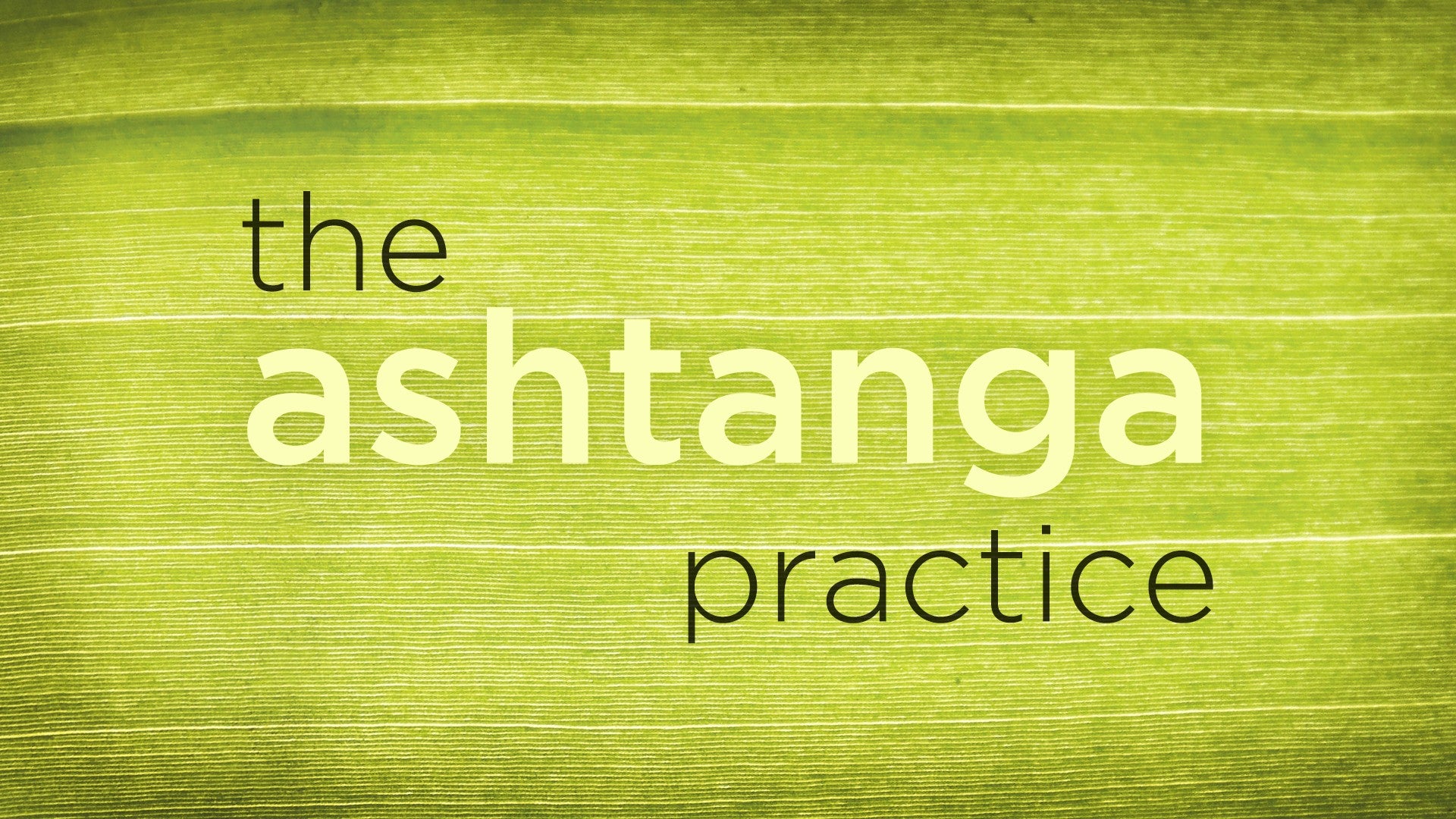Description
About This Video
Transcript
Read Full Transcript
Hi there. Welcome to the chanting portion of our Ashtanga tutorials. Traditionally the Ashtanga practice opens with an invocation or a chant, if you've ever been to a mi-tor class, or a lead Ashtanga class, you have experienced this. You don't hear it in every class, but in most classes you do. Essentially, what the chant, is a very colorful way of giving thanks, so we'll look at the chants.
I'll say it in Sankrit, and then I'll say it in English, so you can understand what it is that you're saying. But before we do that, I want you to think for a moment about the intention for your practice. Why you're here with me right now sitting on your mat? Or why you go to class? Thinking about what motivates you, what inspires you, you're intention doesn't have to be life altering.
It doesn't have to be incredibly deep, it can be something simple, it can be something physical. It can be something not related to your physical yoga practice, what ever it is, it's okay. I just want you to sit for a moment, and breathe with it. Because what this practice is about, is the intention. It's about the intention infused with the breathe.
We've done a lot of jumping forward, jumping back. We've done full practices, we've done little baby practices, we've talked about muscles, we've talked about ban-das. But all of that doesn't mean anything if you don't have intention and breathe, so what this chant is, is a moment before your practice to clarify for yourself why you're here, and what you are going to do. Chants begins and ends with om. Om has four sounds, or four parts.
Ah, oh, mm and silence. Try to save a little bit at the end for the mm sound, and it does not have to be the loudest, most powerful om of your life, it can be a quiet evening om, or a sweet morning om, it can be a really big sound, it doesn't matter. What matters is that you're saying it, and chanting, or giving thanks with meaning and with integrity. (chanting in a foreign language) I bow to the lotus feet of the gurus, the awakening happiness of one's own self revealed. Beyond better, acting like the jungle doctor, pacifying delusion, the poison of som-sara, taking the form of a man to the shoulders holding a conch, hibicus and a sword, 1,000 heads-whites, to Patanjali I salute.
If you'd like to learn for yourself and to see the words in Sanskrit, you can find this all over in written form. I'll say it one more time slowly, and give you time to repeat if you like. (chanting in a foreign language) Whatever your reasons are for being here, I'm very grateful for them because it means we get to practice together, that we get to learn together. Thank you very much and see you soon. Namaste.
The Ashtanga Practice: Sarah Lowe
Comments

You need to be a subscriber to post a comment.
Please Log In or Create an Account to start your free trial.







